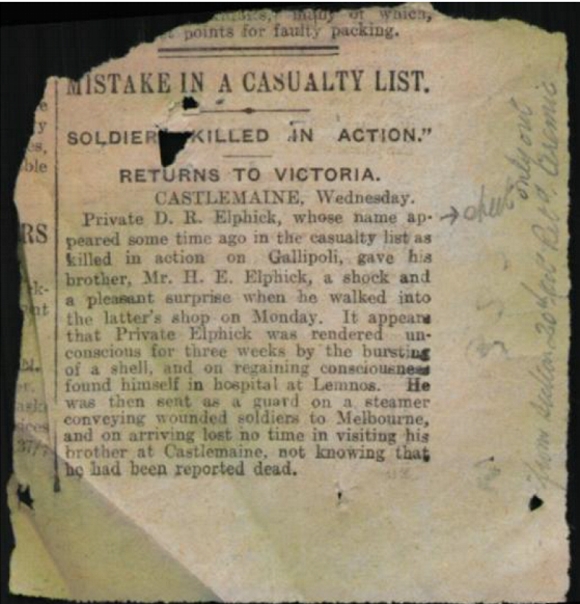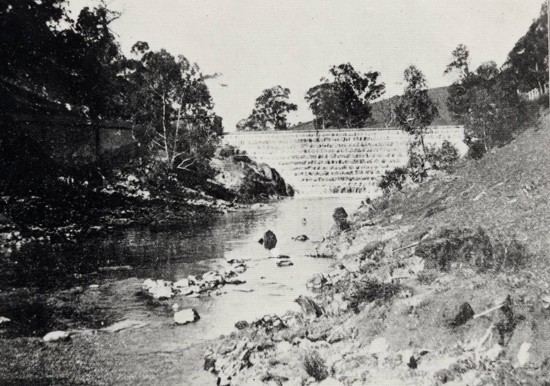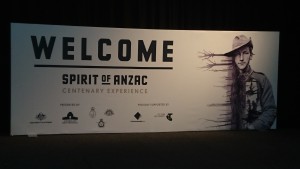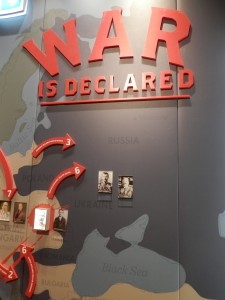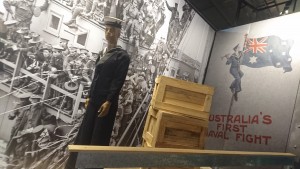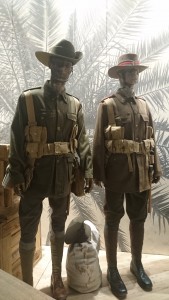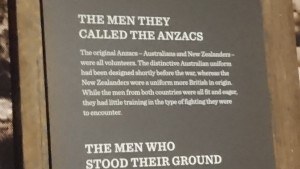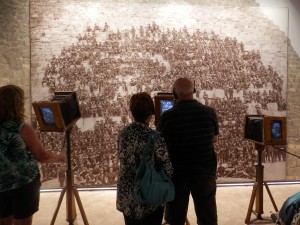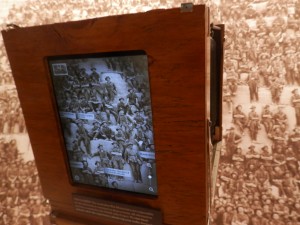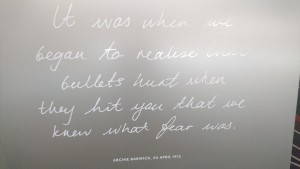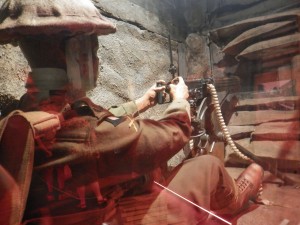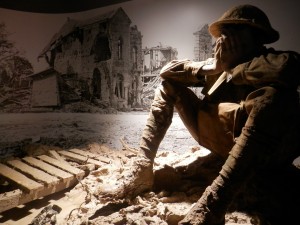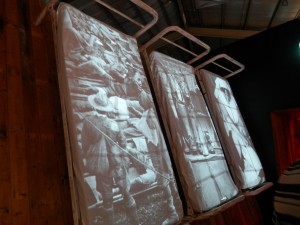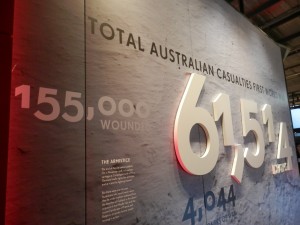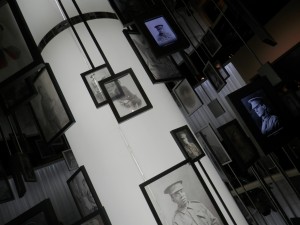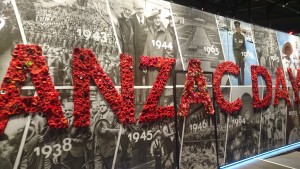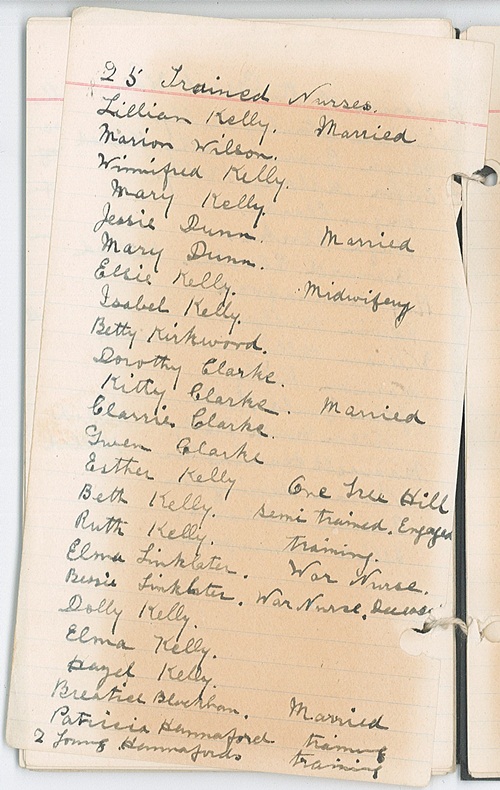“Dead” Soldier Returns
Anzac Day. The day to remember those who fought for our country. Some survived. Many didn’t. And in reality those that returned were changed forever.
It was while I was going through the military records of Arthur Vincent Elphick (Mr Lonetester’s great grandpa), that I kept seeing the name of Donovan Russell Elphick written in his records. Arthur was one of twelve children in the family, and Donovan was his youngest brother.
On checking Donovan’s military records on the National Archives of Australia website, and reading through the dossier, one page in the record jumped out at me. But firstly, some background information …
Born in Prospect, South Australia, but living in Western Australia, 24 year old Donovan signed up to serve his country in January 1915. After training in Western Australia, he was assigned to the 5th Reinforcements 11th AIF, and sailed to Egypt in June 1915, and was obviously in the thick of it from arrival, as within a week of arriving he was in hospital suffering from “deafness”.
From here, I’ll let you read the article as that explains it all …
The above article came from a Victorian newspaper, and is dated 20 October 1915. This story was repeated in numerous Victorian, South Australian and Western Australian newspapers over the weeks following. As you can imagine it was quite a story. And to say that it shocked his brother (Harold), when he walked in would be an understatement.
Donovan was one of six boys in the family, with three going off to war. Sadly only two returned.
And while Donovan Elphick did survive World War 1, he died in Perth on 25 December 1936, aged just 45.
Patriotic Day, Gumeracha, 1918
Isn’t it funny how you learn history through ‘things’?
My history lesson this week has been about Patriotic Day. I admit that I hadn’t heard of such a day, but thanks to a purchase of the badge (as shown above) on ebay, I was inspired to find out more.
But what’s interesting is that I found very little on it. Wikipedia and Google both let me down, so I headed to Trove, but even they didn’t have much.
It doesn’t seem to have been an Australia-wide thing, or even a South Australia-wide thing, but rather something the townsfolk have decided to do for themselves. Held in 1917 and in 1918 (at least that’s all I could find), it seems that in 1917 it was used to raise fund for the war effort, and in 1918, was used to support the returned soldiers and the families of those who didn’t.
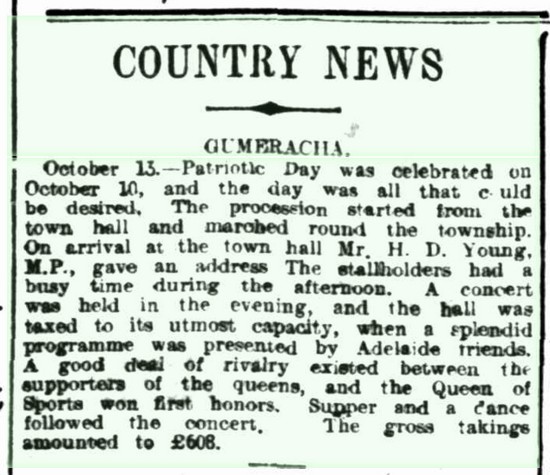
Daily Herald, 17 October 1917 p. 8 http://nla.gov.au/nla.news-article105435537
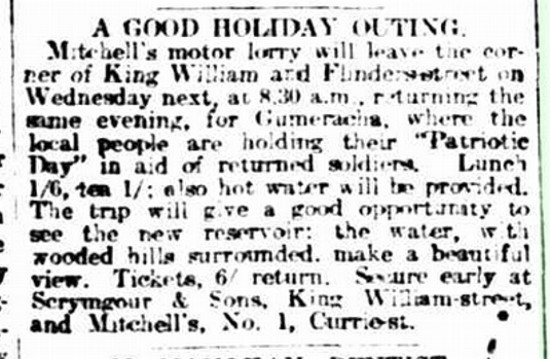
The Advertiser, 4 October 1918, p. 7. http://nla.gov.au/nla.news-article5595919
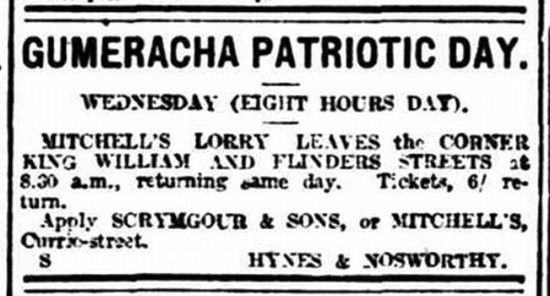
The Advertiser, 9 October 1918, p. 2. http://nla.gov.au/nla.news-article5597340
If anyone has further information about Gumeracha’s Patriotic Day, please leave a comment below, as I’d love to know more about it.
And don’t you just love the image of the Gum weir on the badge … how cool is that? And for those that are unfamiliar with the region, here is a actual pic of the weir (below).
My “Spirit of Anzac” Centenary Experience
The “Spirit of Anzac” Centenary Experience arrived in Adelaide, and what an experience it was.
The exhibition gives viewers a “once-in-a-lifetime” opportunity to walk through various recreated World War 1 environments (via sound, audio, images, and in some cases figurines on sets) featuring more than 200 artefacts.
You walk through “rooms” at your own pace, and are given stories and details of the various events and campaign via the audio headphones that you are given at the beginning of the tour. Generally it takes attendees anywhere from 1-2 hours to makes their way through. There really is a lot to see.
This travelling exhibition which is transported from place-to-place on 10 semitrailers has been on the road since September 2015, and has already visited Albury/Wodonga, Launceston, Hobart, Ballarat, Bendigo, Wollongong, and Melbourne. With Adelaide only having a few more days left.
After Adelaide the tour heads to:
Tamworth – Apr/May 2016
Toowoomba – May 2016
Brisbane – Jun 2016
Mackay – Jul 2016
Cairns – Aug 2016
Townsville – Sep 2016
Darwin – Oct 2016
Port Augusta – Nov 2016
Perth – Nov/Dec 2016
Bunbury – Jan 2017
Kalgoorlie – Jan/Feb 2017
Geelong – Feb 2017
Orange – Mar 2017
Newcastle – Mar 2017
Sydney – Apr 2017
Entry is free, but bookings are required, and you can do so on their Spirit of Anzac website www.spiritofanzac.gov.au.
First, here’s a short behind-the-scene video of the Spirit of Anzac Centenary Experience, which will give you an idea of the work that’s gone into creating this exhibition.
And here’s just a few photos from my visit today …
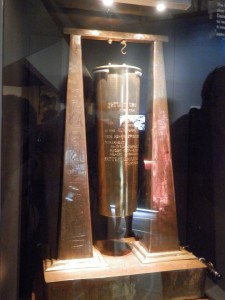
the last shell the Australian gunners fired at Anzac before evacuating, then converted into a mess room dinner gong
If you get a chance, go and see it. It will give you more of an understanding on what our ancestors went through.
www.spiritofanzac.gov.au
On the 11th hour, of the 11th day, of the 11th month …
For Remembrance Day this year I wanted to share with you a couple of pages from what is known as the “Kelly Diary”. And I am eternally grateful to not only have a copy of this diary, but also that the current keeper of this treasure has kindly allowed me to reproduce these pages here.
But first of, let me start by saying, no, these are not descendants from the Ned Kelly line in Ireland, but rather those from the Isle of Man. Or should I say the line of William Kelly born near Ramsey, Isle of Man in 1804 to be a tad more specific – since the Kelly name is like Smith in the region.
The ‘diary’, and I write it in quotes because it is not strictly a diary, was written by Elise Marcia Kelly of Joslin in South Australia in late 1938. In this 34 page booklet she not only writes the lineage history from William Kelly (born 1804), together with information on the big 100 year reunion that was held in 1938, but also details of those who were involved in World War 1. And it is these pages I am sharing with you today.

